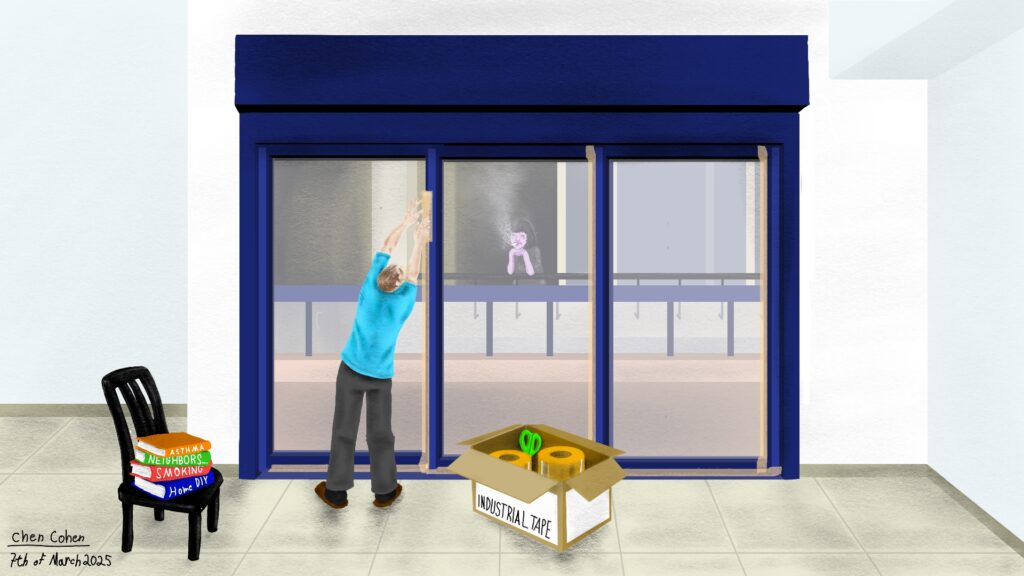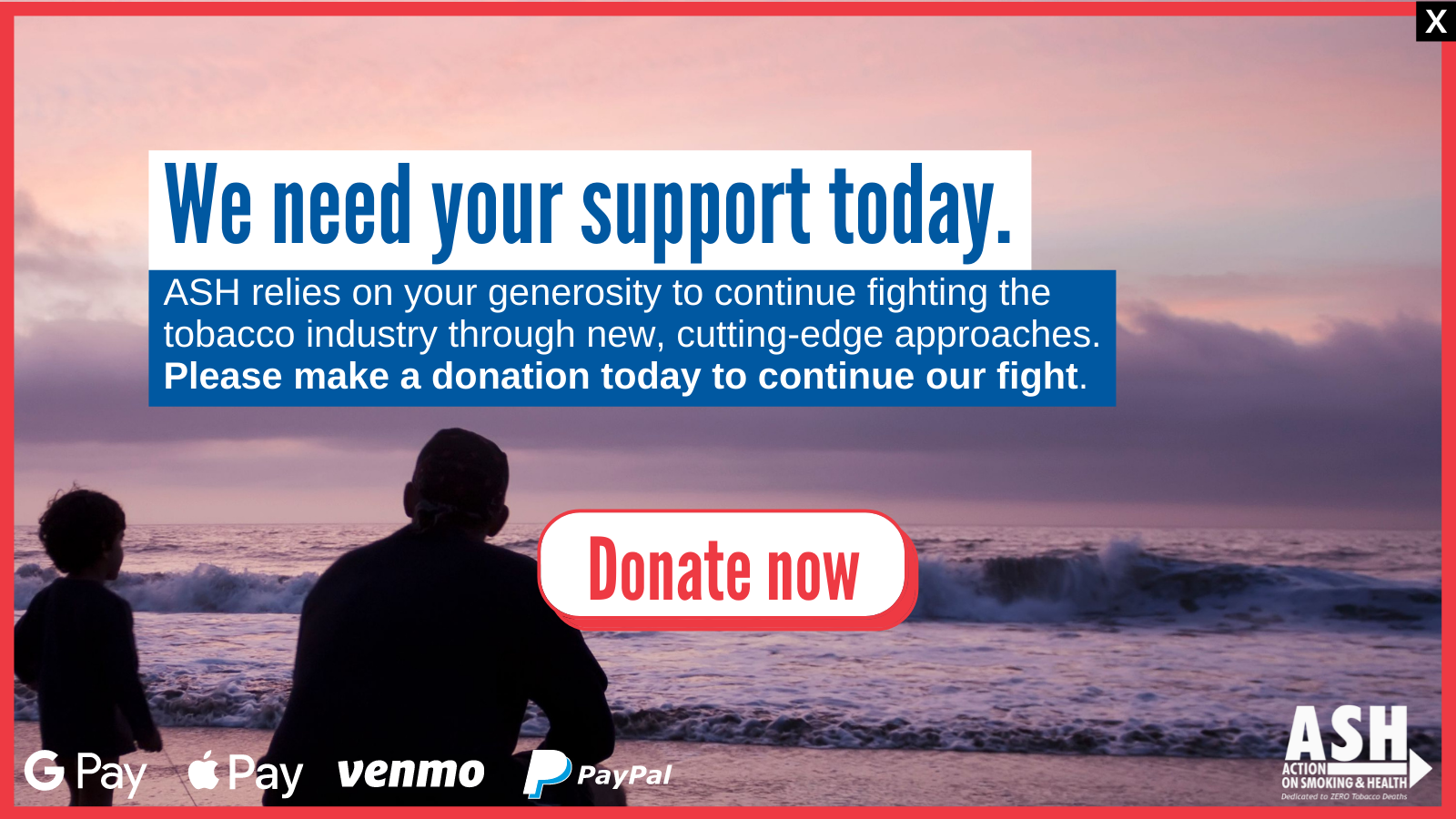Guest Author: Amos Hausner, Attorney at Law, representing the 7 applicants in application 1416/21 who seek this administrative redress, among them the Clean Air Association and 6 individuals who suffer the harsh consequences of Environmental Tobacco Smoke at home.
In a shareholders’ meeting of a major US tobacco company, the chairman responded to a question dealing with the suffering of infants from secondhand tobacco smoke, and said that they could leave the room if they didn’t like the smoke. Anne Morrow Donley, an activist who raised the issue, replied that “Infants cannot walk”, so the chairman said that they could crawl out of the room.
Indeed? Parents cannot protect children from tobacco smoke incursion into their homes. Surveys about multi-unit buildings found that about 1/2 of people, adults and children, complained about exposure to secondhand smoke at home and their suffering from it. Many people who smoke themselves but detest exposure to neighbors’ tobacco smoke came up with the same answer.
 Secondhand smoke is annoying and causes short- and long-term health and annoyance effects. Any exposure at a distance of 9 meters (about 28 feet) is dangerous.
Secondhand smoke is annoying and causes short- and long-term health and annoyance effects. Any exposure at a distance of 9 meters (about 28 feet) is dangerous.
The wording of smoking bans refers to “public places”. But everyone is entitled first of all to protection from secondhand smoke, also known as “Environmental Tobacco Smoke” at home, emerging from other apartments. None is a public place. Obviously, the sufferers are entitled at home to at least the same protection as in public places.
It is merely for historical reasons that smoking was first banned in public places: people have been used to many restrictions on behavior in public places, some for behavioral reasons (like clothing & dressing code), and others for safety reasons (fires). Yet simple logic dictates that first and foremost people must be protected from tobacco smoke at home.
The worldwide trend is to provide such protection. In California, 101 local authorities have already banned completely smoking in multi-unit homes. Since 2018, smoking has been totally banned in all federal multi-unit buildings.
In parts of Australia, such legal protection from this exposure is already available, and appropriate protective orders are issued by local tribunals.
In Israel, most people believe that protection from TSI is long due, according to a study in 2023. About half of the population in Israel is exposed to such incursion in their own homes. The government was called by health experts (here, here, and here) to provide such protection, and legal action is taken. Further, the reference to this exposure is now compared to all dangerous environmental pollutants.
What can you do to protect your family from environmental tobacco smoke? 3 methods are recommended:
• Approach organizations committed to the environment in general, as well as pediatric societies focused on the health and wellbeing of children and motivate them to introduce legislation to protect from tobacco smoke incursion, based on current precedents.
• Address the state, county and city legislators to present bills to provide this protection.
• Promote lawsuits including about the respective authorities and those making the health nuisance, the court will provide the protection either on the basis of the nuisance law or according to existing environmental standards if the legislature remains inactive.
Finally, as so many people who do smoke cannot stand the smell of tobacco smoke incursion, the real objection to this move will most likely come from the tobacco industry which has traditionally denied the effects of environmental smoke. The federal court in Washington DC has already criticized this position in 2006 and presented it as misleading.
No one has the right to make use of any apartment in a manner which exposes neighbors to life threatening dangers and continuous suffering. In the words of the former Director General of the Israel Ministry of Health: “People who smoke can either get cessation assistance or go outside to smoke. But there is absolutely no cure to environmental tobacco smoke.”








